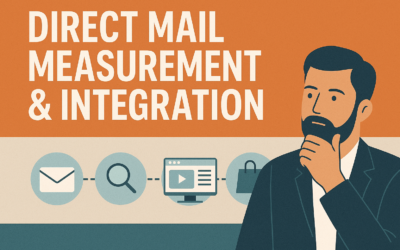Retail marketing leaders are doing an excellent job using segmentation models for their prospects and client base. They use this information to customize marketing messages, offers, and loyalty program benefits.
This modeled insight has created an odd realization. In each high value segment, whether a prospect or current customer, companies see targets that should be behaving at a much higher level. If both members share key similar attributes why is spending so divergent? Possibly there are missing key indicators or data. It could be that the data is inaccurate. The conclusion most marketers reach is to spend more time, money, and effort to refine the segmentation model. Perhaps there is a simpler answer. Propensity to respond.
Propensity to respond is the probability of any given target to respond to a specific marketing message or campaign. Marketers increase the volume of communication in an effort to improve the probability. However, this is not a linear relationship. In fact, repeated communication with an audience has a strong diminishing return curve. Instead of increasing the intensity of communication with a given target audience, marketers should focus on shifting channels for high-value targets.
Using direct mail to reach high-value target segments that are unresponsive is a great strategy in this situation. This allows you to only spend money to reach targets that should be responding and are not. PrintComm specializes in helping retailers and franchises reach these high-value targets.
We make it easy for you. All you do is provide the data by segment, art, and offers. Then we append any needed data, execute the campaign, and help you decipher the results. When using direct mail to target unresponsive high-value targets, direct mail becomes the highest revenue generating channel for companies.



